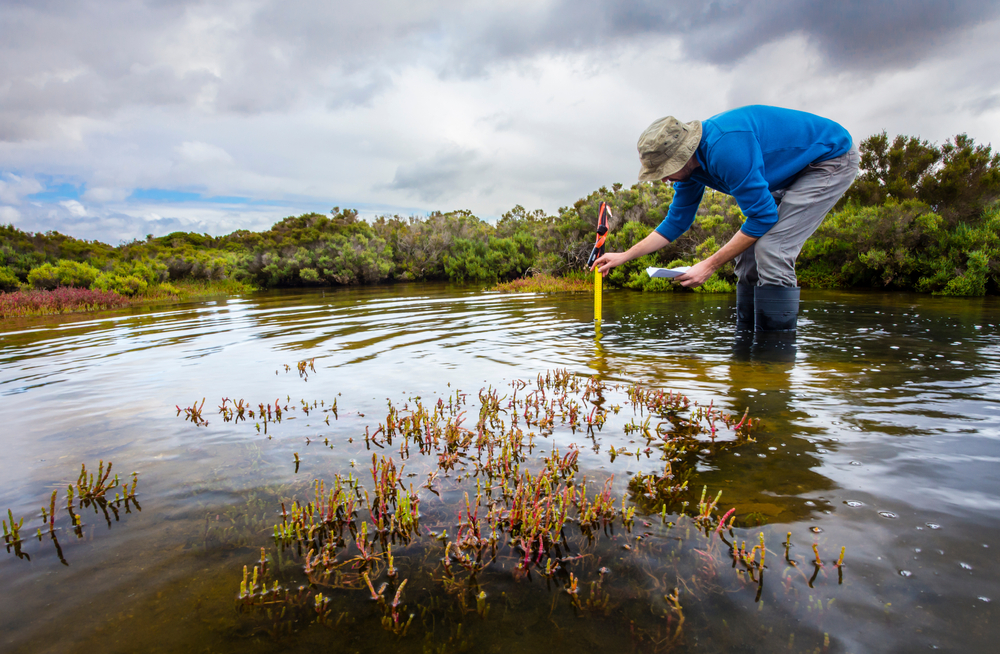On May 25, the US Supreme Court issued a decision in the Sackett v. EPA case, a 14-year-long lawsuit over property rights and the legality of building on federally protected wetlands. All nine Justices agreed that the wetlands on the Sackett’s property should not fall under the jurisdiction of Section 404 of the Federal Clean Water Act (CWA), permitting the Idaho couple to continue with construction of their new residence.
But there were substantial differences in the approach to the scope of the decision.
Justice Alito wrote the opinion for the five justice majority, which included Justices Barrett, Gorsuch, Roberts, and Thomas (note that Justices Thomas and Gorsuch prepared a separate concurring opinion).
Justice Kagan filed an opinion concurring with the judgement in favor of the Sacketts, but offered a more inclusive approach to the question of what wetlands should fall under federal jurisdiction. Justice Kagan was joined by Justices Jackson, Sotomayor, and Kavanaugh.
Background
The Sackett’s legal battle began in 2007, when they started earthmoving activities to prepare a 0.63-acre lot they owned near Priest Lake, Oregon.
The family received a notice from the Environmental Protection Agency (EPA) to stop work to avoid impacts to wetlands on the property. The EPA based their jurisdictional decision on their conclusion that the wetlands on the Sackett’s lot drained into a non-navigable creek that then led to Priest Lake.
The Sacketts challenged EPA’s decision, and the various cases worked their way through the federal courts, ending with the 9th Circuit issuing an opinion that there existed a “significant nexus” between the wetland on the Sackett’s property and Priest Lake. On May 25, the Supreme Court overturned that decision and essentially voided the “significant nexus test.”
Summary of the Decision
Justice Alito ruled that courts should apply a more stringent test, outlined by four justices (Alito, Chief Roberts, Scalia, and Thomas) in a previous case (Rapanos v. United States). Alito relied heavily on Justice Scalia’s opinion, in which he wrote that the Clean Water Act (CWA) applies to a particular wetland only if it blends or flows into a neighboring water that is a channel used in interstate commerce — generally referred to as a Traditionally Navigable Water (TNW).
The majority wrote that the text of the CWA defined “Waters of the United States” (WOTUS) as “geographical features” ordinarily described as “streams, oceans, rivers, and lakes.” The statute also clearly states that WOTUS includes wetlands that are “adjacent” to another WOTUS.
For decades, this meant that wetlands could fall under Section 404 even though they were separated from a TNW, provided there was some direct connection to that TNW. Thus, a wetland that was connected by even an ephemeral stream, through the greater stream network, eventually emptying into a TNW, fell under federal regulation.
Justice Alito, in adopting Scalia’s strict definition of adjacency from the Rapanos decision, wrote that wetlands can only fall under federal regulation if they possess a direct, relatively permanent connection to another WOTUS. Still, Alito seemed to indicate that to be adjacent, a wetland must be “indistinguishably” part of a stream, ocean, river, or lake.
Potential Effects
The US Army Corps of Engineers (Corps) and the EPA are expected to revise the WOTUS Rule once again. The rule recently enacted by the Biden Administration does not incorporate Justice Alito’s new, much narrower definition. The previous definition of WOTUS, one that has been in practice since 1986, also will not meet the new test in Alito’s decision.
It is clear so far that a wetland that is congruent with a stream or other regulated body of water will still fall under federal jurisdiction. It seems clear that a wetland that is adjacent to relatively permanent streams (intermittent or perennial streams) will also still be regulated, but that ephemeral streams would likely not be (ephemeral streams are not jurisdictional under the 1986 guidance). Furthermore, a wetland that is connected by a relatively permanent stream to a TNW should still be regulated.
The decision will most likely expand the definition of “isolated wetlands,” by removing from jurisdiction those wetlands that previously exhibited a “significant nexus” to another WOTUS. The attached diagram shows Atlas’ interpretation of the decision based on information we have to date.
Note that state wetland regulations still apply until changed by the individual state administrations or legislatures.
The index below lists the WOTUS definition that is currently applicable in each state. This will likely change as the Corps and EPA establish new rules and guidance following the Sackett Decision.
Jim Kooser
Atlas Senior Ecologist,
Wetlands and Natural Resources Management
